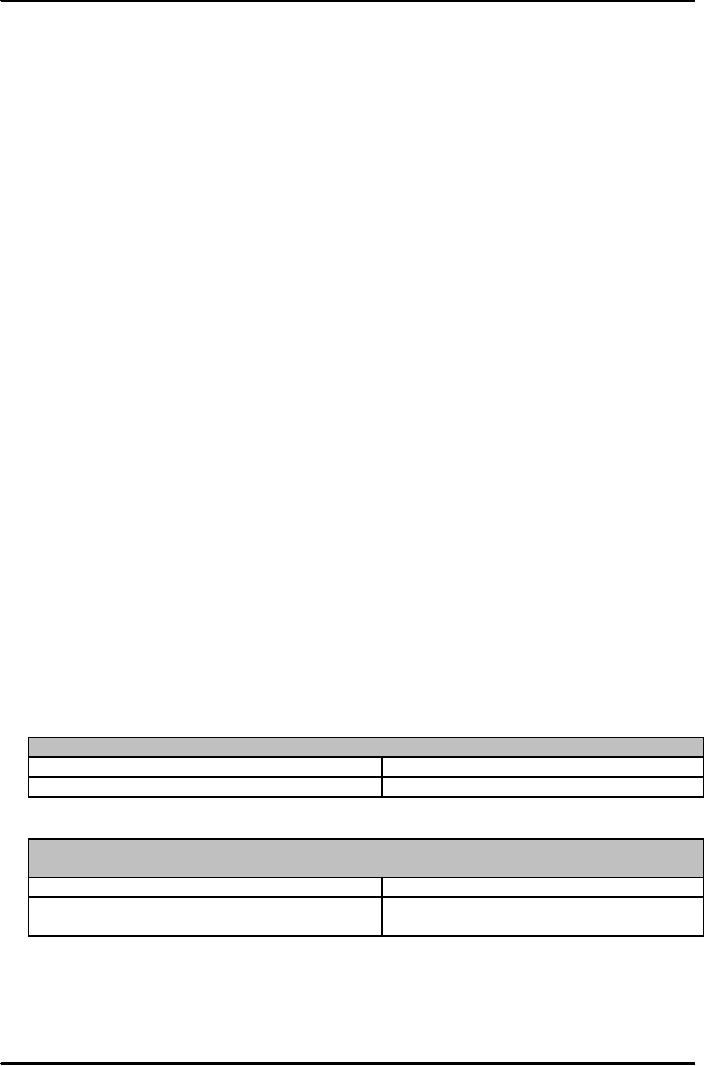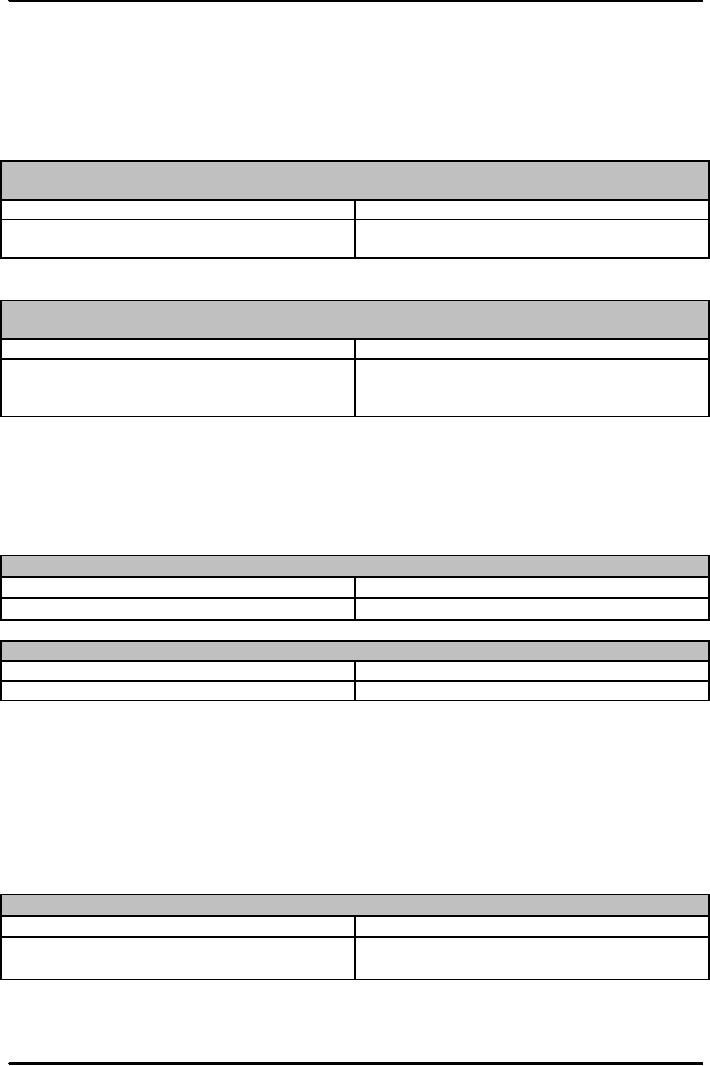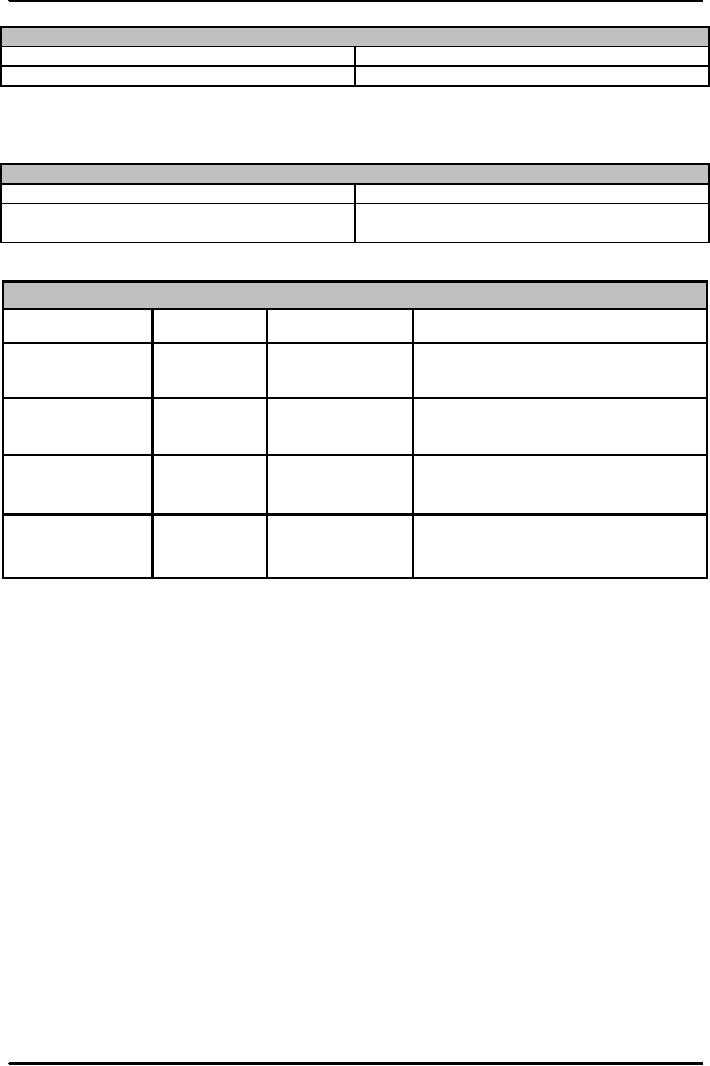 |
THE MONETARY BASE:Changing the Size and Composition of the Balance Sheet |
| << MEETING THE CHALLENGE: CREATING A SUCCESSFUL CENTRAL BANK |
| DEPOSIT CREATION IN A SINGLE BANK:Types of Reserves >> |

Money
& Banking MGT411
VU
Lesson
33
THE
MONETARY BASE
Currency
in the hands of the public and the
reserves of the banking system
are the two
components
of the monetary base, also
called high-powered
money.
Bank
Reserves = Vault Cash plus
Deposits at the central bank
The
central bank can control the
size of the monetary base and
therefore the quantity of
money
Changing
the Size and Composition of
the Balance Sheet
The
central bank controls the
size of its balance sheet.
Policymakers can enlarge or reduce
their
assets
and liabilities at
will
The
central bank can buy
things, like a bond, and
create liabilities to pay
for them. It can
increase
the size of its balance
sheet as much as it wants.
There
are four specific types of
transactions which can
affect the balance sheets of
both the
central
bank and the banking
system:
An
open market operation, in which the
central bank buys or sells a
security;
A
foreign exchange intervention, in which
the central bank buys or sells
foreign currency
reserves;
The
central bank's extension of a
discount loan to a commercial
bank;
The
decision by an individual to withdraw
cash from a bank
Open
market operations, foreign exchange
interventions, and discount loans, all
affect the size
of
the central bank's balance
sheet
They
change the size of the monetary
base;
Cash
withdrawals by the public create
shifts among the different components of
the monetary
base,
changing the composition of the central
bank's balance sheet but
leaving its size
unaffected
One
simple rule will help in
understanding the impact of each of
these four transactions on
the
central
bank's balance sheet:
When
the value of an asset on the balance
sheet increases, either the
value of another asset
decreases
(so that the net change is zero) or
the value of a liability
rises by the same
amount
(and
similarly for an increase in
liabilities)
Open
Market Operations
OMO
is when the central bank buys or
sells securities in financial
markets
These
purchases and sales have a
straightforward impact on the central
bank's balance sheet:
Its
assets and liabilities increase by the
amount of a purchase, and the monetary
base increases
by
the same amount
Table:
Change in the Central Bank's
Balance sheet following
purchase of a Treasury
Bond
Assets
Liabilities
Securities(Treasury
Bond)
+$1billion
Reserves
+$1billion
Table:
Change in the Banking
system's balance sheet
following the Central Bank's
purchase
of
a Treasury Bond
Assets
Liabilities
Reserves
+$1billion
Securities
(U.S. Treasury Bond)
-$1billion
In
terms of the banking system's
balance sheet, the purchase
has no effect on the liabilities,
and
results
in two counterbalancing changes on the
asset side, so the net effect there is
zero
For
an open market sale, the effects would be
the same but in the opposite
direction
102

Money
& Banking MGT411
VU
Foreign
Exchange Intervention
The
impact of a foreign exchange
purchase is almost identical to that of
an open market
purchase:
The
central bank's assets and
liabilities increase by the same amount,
as does the monetary
base.
If
the central bank buys from a
commercial bank, the impact
again is like the open
market
purchase,
except the assets involved are
different.
Table:
change in the Central bank's
Balance sheet following
purchase of Euro-denominated
German
Government Bonds
Assets
Liabilities
Foreign
exchange reserves
+$1billion
Reserves
+$1billion
(German
government bonds in
euros)
Table:
Change in the Banking
system's Balance sheet
following the Central bank's
purchase of
Euro-denominated
German Government Bonds
Assets
Liabilities
Reserves
+$1billion
Securities
-$1billion
(German
government bonds)
Discount
Loans
The
central bank does not
force commercial banks to
borrow money; the banks ask
for loans
and
must provide collateral,
usually a Treasury
bond.
When
the central bank makes a
loan it creates an asset and
a matching increase in its
reserve
liabilities.
Table:
Change in the Central Bank's
Balance sheet following a Discount
Loan
Assets
Liabilities
Discount
loans
+$100million
Reserves
+$100million
Table:
Change in the Banking
System's Balance Sheet
following a Discount Loan
Assets
Liabilities
Reserves
+$100million
Discount
loans
-$100million
The
extension of credit to the banking
system raises the level of
reserves and expands the
monetary
base.
The
banking system balance sheet
shows an increase in assets
(reserves) and an increase in
liabilities
(the loan).
Cash
Withdrawal
Cash
withdrawals affect only the
composition, not the size, of the
monetary base.
When
people withdraw cash they
force a shift from reserves
to currency on the central
bank's
balance
sheet.
Table:
Change in the Nonbank Public's
Balance Sheet following a
Cash Withdrawal
Assets
Liabilities
Currency
+$100
Checkable
deposits
-$100
The
withdrawal reduces the banking
system's reserves, which is a
decrease in its assets, and
if
the
funds come from a checking
account, there is a matching decrease in
liabilities.
103

Money
& Banking MGT411
VU
Table:
Change in the Banking
system's Balance sheet
following a Cash Withdrawal
Assets
Liabilities
Reserves
-$100
Checkable
deposits
-$100
On
the central bank's balance
sheet both currency and
reserves are liabilities, so there is
just a
change
between the two with a net effect of
zero.
Table:
Change in the Central Bank's
Balance Sheet following a Cash
Withdrawal
Assets
Liabilities
Currency
+$100
Reserves
-$100
Changes
in Size and Composition of Central
Bank's Balance Sheet and
Monetary Base
Transaction
Initiated
by
Typical
action
Impact
Open
market
Central
bank
Purchase
of Treasury Increases reserves, the
size of central
bank's
operation
bond
balance
sheet and Monetary
base
Foreign
Exchange
Central
bank
Purchase
of foreign Increases reserves, the
size of central
bank's
Intervention
govt.
bonds
balance
sheet and Monetary
base
Discount
Loans
Commercial
Extension
of loan to Increases reserves, the
size of central
bank's
bank
commercial
bank
balance
sheet and Monetary
base
Cash
withdrawals
Nonbank
public Withdrawal of
cash
Decreases
reserves and increases
currency,
from
ATM
leaving
size of central bank's
balance sheet
and
Monetary base unchanged
104
Table of Contents:
- TEXT AND REFERENCE MATERIAL & FIVE PARTS OF THE FINANCIAL SYSTEM
- FIVE CORE PRINCIPLES OF MONEY AND BANKING:Time has Value
- MONEY & THE PAYMENT SYSTEM:Distinctions among Money, Wealth, and Income
- OTHER FORMS OF PAYMENTS:Electronic Funds Transfer, E-money
- FINANCIAL INTERMEDIARIES:Indirect Finance, Financial and Economic Development
- FINANCIAL INSTRUMENTS & FINANCIAL MARKETS:Primarily Stores of Value
- FINANCIAL INSTITUTIONS:The structure of the financial industry
- TIME VALUE OF MONEY:Future Value, Present Value
- APPLICATION OF PRESENT VALUE CONCEPTS:Compound Annual Rates
- BOND PRICING & RISK:Valuing the Principal Payment, Risk
- MEASURING RISK:Variance, Standard Deviation, Value at Risk, Risk Aversion
- EVALUATING RISK:Deciding if a risk is worth taking, Sources of Risk
- BONDS & BONDS PRICING:Zero-Coupon Bonds, Fixed Payment Loans
- YIELD TO MATURIRY:Current Yield, Holding Period Returns
- SHIFTS IN EQUILIBRIUM IN THE BOND MARKET & RISK
- BONDS & SOURCES OF BOND RISK:Inflation Risk, Bond Ratings
- TAX EFFECT & TERM STRUCTURE OF INTEREST RATE:Expectations Hypothesis
- THE LIQUIDITY PREMIUM THEORY:Essential Characteristics of Common Stock
- VALUING STOCKS:Fundamental Value and the Dividend-Discount Model
- RISK AND VALUE OF STOCKS:The Theory of Efficient Markets
- ROLE OF FINANCIAL INTERMEDIARIES:Pooling Savings
- ROLE OF FINANCIAL INTERMEDIARIES (CONTINUED):Providing Liquidity
- BANKING:The Balance Sheet of Commercial Banks, Assets: Uses of Funds
- BALANCE SHEET OF COMMERCIAL BANKS:Bank Capital and Profitability
- BANK RISK:Liquidity Risk, Credit Risk, Interest-Rate Risk
- INTEREST RATE RISK:Trading Risk, Other Risks, The Globalization of Banking
- NON- DEPOSITORY INSTITUTIONS:Insurance Companies, Securities Firms
- SECURITIES FIRMS (Continued):Finance Companies, Banking Crisis
- THE GOVERNMENT SAFETY NET:Supervision and Examination
- THE GOVERNMENT'S BANK:The Bankers' Bank, Low, Stable Inflation
- LOW, STABLE INFLATION:High, Stable Real Growth
- MEETING THE CHALLENGE: CREATING A SUCCESSFUL CENTRAL BANK
- THE MONETARY BASE:Changing the Size and Composition of the Balance Sheet
- DEPOSIT CREATION IN A SINGLE BANK:Types of Reserves
- MONEY MULTIPLIER:The Quantity of Money (M) Depends on
- TARGET FEDERAL FUNDS RATE AND OPEN MARKET OPERATION
- WHY DO WE CARE ABOUT MONETARY AGGREGATES?The Facts about Velocity
- THE FACTS ABOUT VELOCITY:Money Growth + Velocity Growth = Inflation + Real Growth
- THE PORTFOLIO DEMAND FOR MONEY:Output and Inflation in the Long Run
- MONEY GROWTH, INFLATION, AND AGGREGATE DEMAND
- DERIVING THE MONETARY POLICY REACTION CURVE
- THE AGGREGATE DEMAND CURVE:Shifting the Aggregate Demand Curve
- THE AGGREGATE SUPPLY CURVE:Inflation Shocks
- EQUILIBRIUM AND THE DETERMINATION OF OUTPUT AND INFLATION
- SHIFTS IN POTENTIAL OUTPUT AND REAL BUSINESS CYCLE THEORY